Scores




Having a detailed grasp of anatomy is one of the keys of becoming great doctor, particularly great surgeon. Surgical students and residents can explore human body using the methods such as the old-fashioned dissection, or a medical atlas.
But, these two traditional methods have their limitations. Cadavers are 'disposable', meaning they cannot be explored over and over, while the content of medical atlas is created for students by someone else; they can't manipulate it themselves, so they are at the mercy of what others think is the best.
With the rise of technology, especially of 3D modeling, making a digital cadaver that could be reused became a necessity for surgical students and residents, as well as for seasoned doctors.
A plenty of web and mobile-based solutions have been developed, trying to recreate a digital cadaver, but most of them still had limited amount of detail, so the reluctant surgical community couldn't be convinced that the digital cadavers would successfully replace hands on surgical experience.
The BioDigital Human decided to take the game to a whole new level by developing 3D modeling library available as both website and mobile app that can be used for learning anatomy and pathology.
The BioDigital Human app features amazing 3D maps of the human body, all rendered in real time so users can easily explore anatomically correct illustrations, by zooming and rotating body parts and organs, and dissecting them virtually.
The app can be downloaded for free, with the option to buy one of the premium packages that unlock additional models.
If you stick with the free version, you'd be more than satisfied, because it allows you to access more than 1,000 anatomy models, along with editing tools. However, free version has its limitations, meaning that lot of conditions that may be your specialty, might not be included.
Premium option, which is billed annually, gives you the ability to access and browse more than 5,000 models, along with advanced tools for authoring and embedding. The premium option includes several plans that let you explore these models in a web browser or just on your mobile phone.
After launching the BioDigital Human app, you'll be asked to choose medical specialty of your interest, which can be multiple choice.
Then, you'll be asked to register with the app by providing your name, email, password, and user type, i.e. if you're doctor, nurse, student, etc.
After completing the registration, you'd be taken to the home screen that features all models recommended to you based on your specialty choices. You'd notice that some of these models have lock icon, meaning that they're only available if you purchase the Premium version of the app.
If you tap on any model that isn't locked, it will start downloading to your device. All models you download are available in My Human section, just tap on any to open them.
Some models are static image, while others are animated, for example heart in Atrial Fibrillation model, and you can pause or continue playing them with a button.
Manipulating model view is very easy. You can zoom in or out by expanding or pinching with your fingers, drag to rotate, or tap to select.
To further investigate the model, you can use the buttons on the bottom of the screen. For example, "Views" allow you to see three different views, including standard, x-ray or isolated part of the body, you tapped on before.
Tapping on "Dissect" button will remove the selected body part, revealing the inner structure, while the "Draw" button allows you to annotate the parts of the organ or body, and then share these annotations over social media, email, or as a message.
Users can also learn more about the condition shown on the current model by tapping on "Info" button, or use "Search" that features an alphabetized list of parts of the current 3D model (a heart in this case).
Another option that may be particularly useful to medical students is "Quiz" that provides users with two quiz types, an easier "Multiple-Choice" and harder "Find Anatomy" quizzes, both allowing users to choose to have 5, 10, or 15 questions.
The quality of the graphics is very high, and manipulating the models is very smooth, and done in real-time. Each body part is also textually explained at the top of the screen with a link to Wikipedia. While using the most popular web encyclopedia isn't that bad, referencing more reliable medical source would be much better.
Currently, a lot of information is not specific enough to be useful for a surgical residents, or seasoned MDs, and by this I mean the lack actual anatomic images or surgical procedures, as well as more detailed and more reliable textual information.
Nevertheless, BioDigital Human app is amazing 3D tool for learning anatomy that is both easy to use and provided with lots of basic information, which is in its current iteration more useful to students than surgeons and residents.
Benefit: Medical students, junior doctors, and patients who want to learn more about human anatomy. Still lacks some details to be considered a definite tool for surgical residents and surgeons.
Verdict:
For- Easy-to-use interface
- Thousands of 3D anatomy models available
- Very quality graphics with a high level of detail
- Quizzes have great educational value
- Lack of procedures and more specific and reliable information


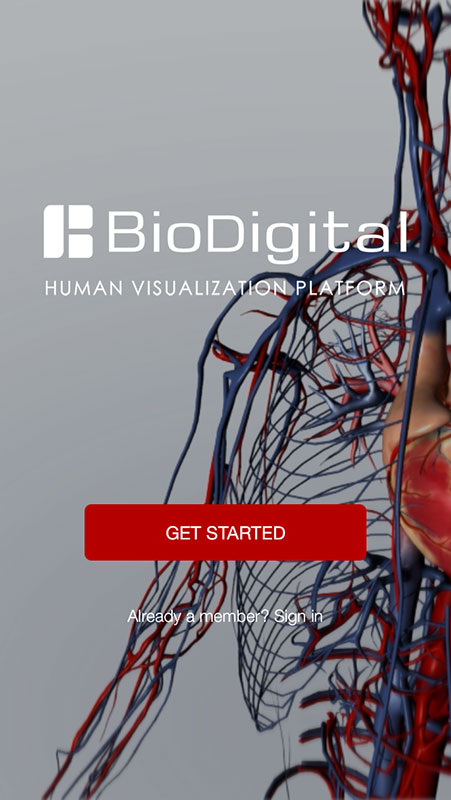
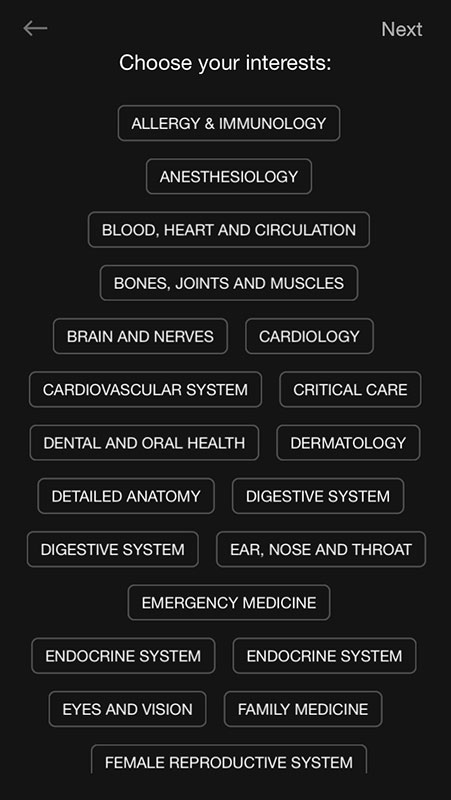
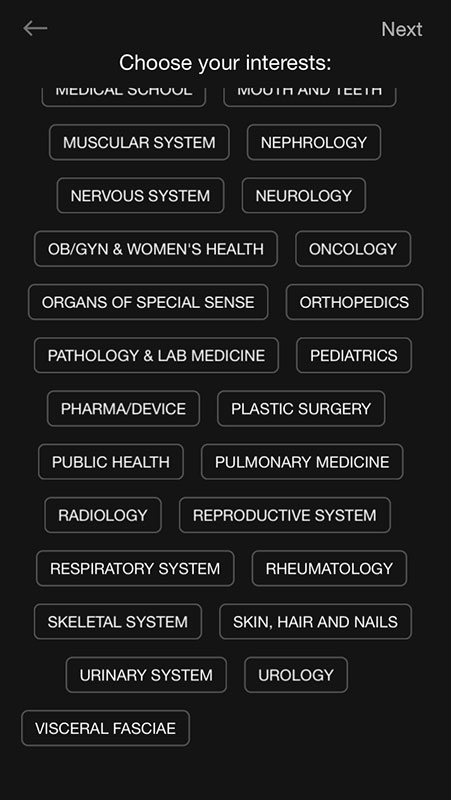
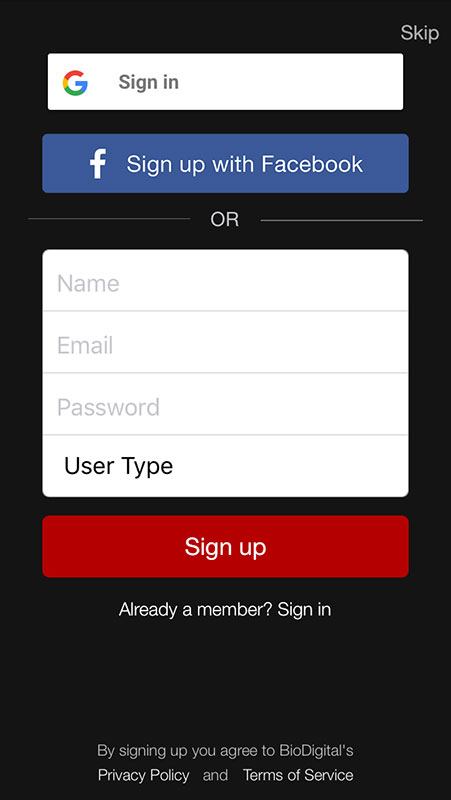

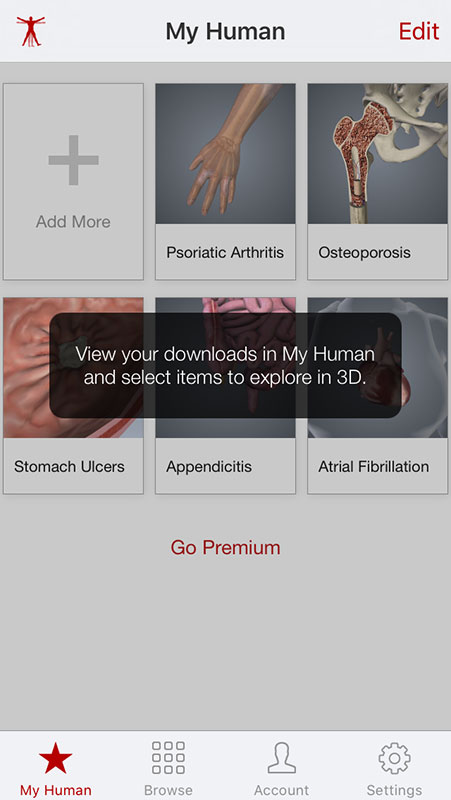
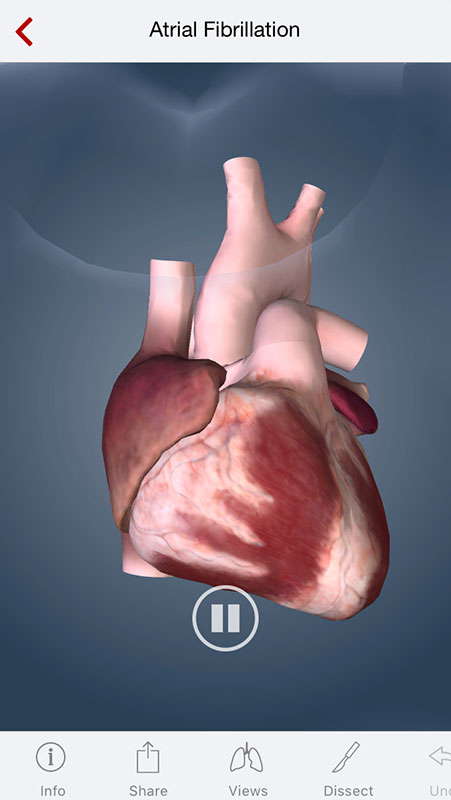
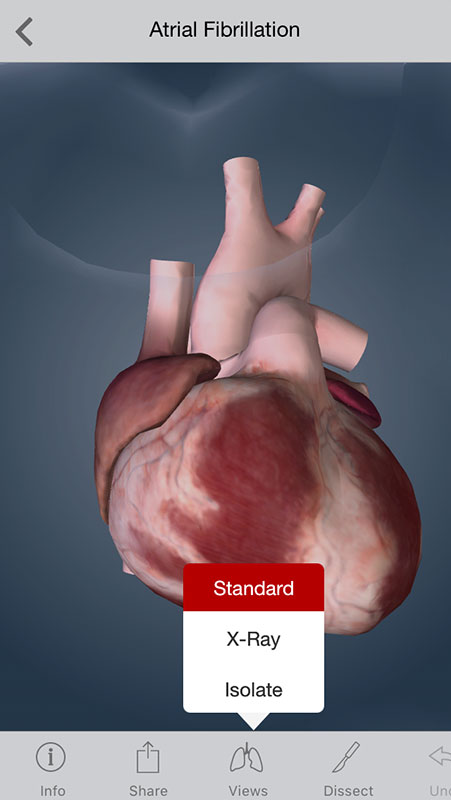
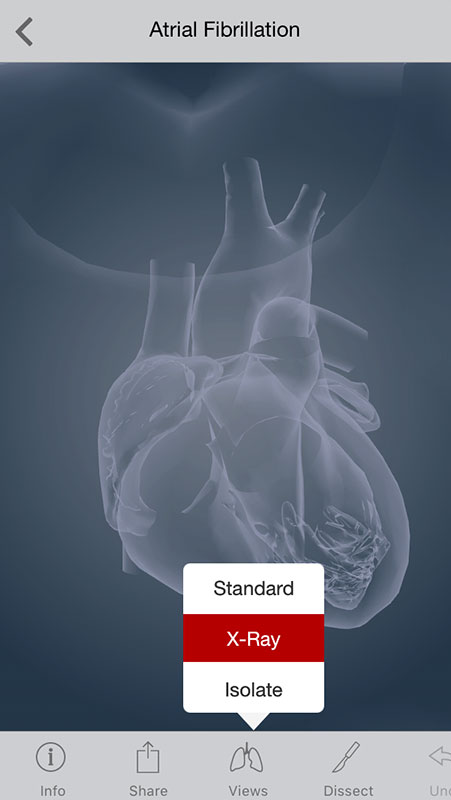
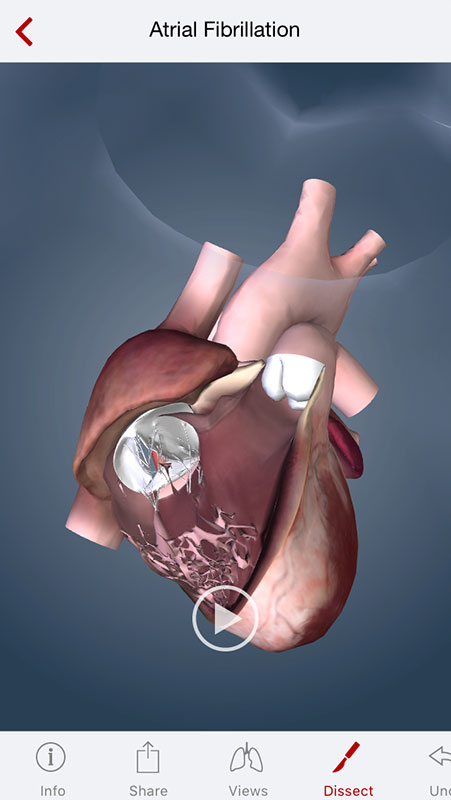
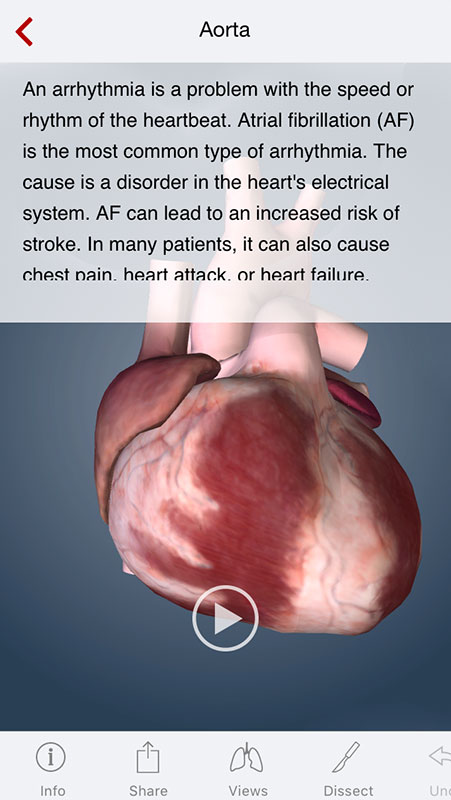
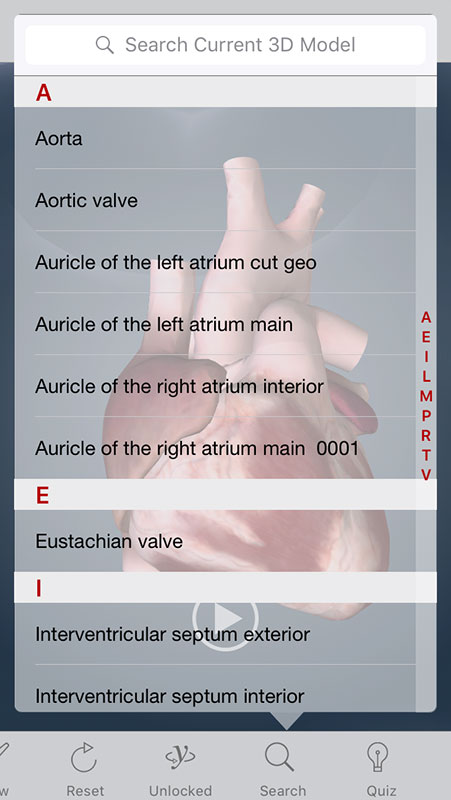
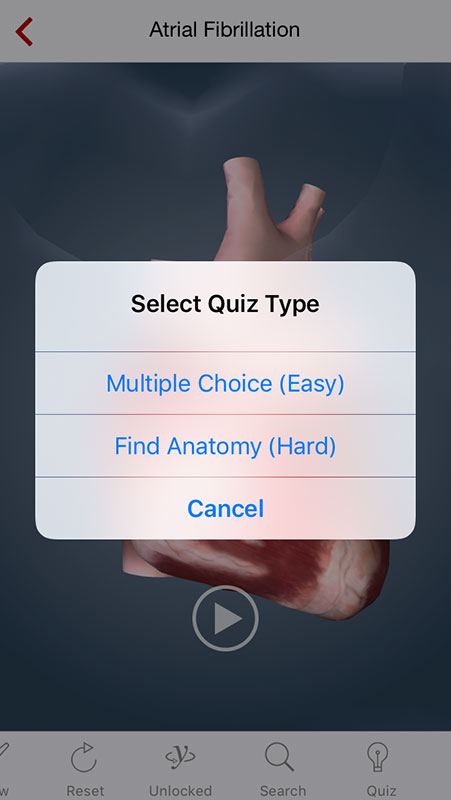
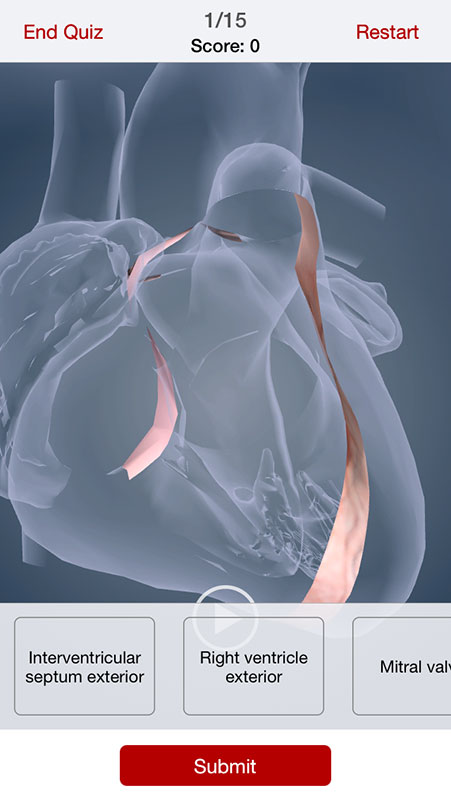


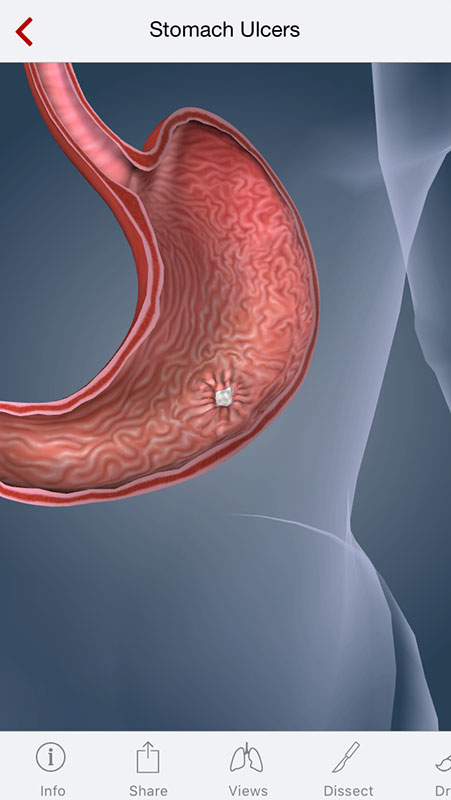
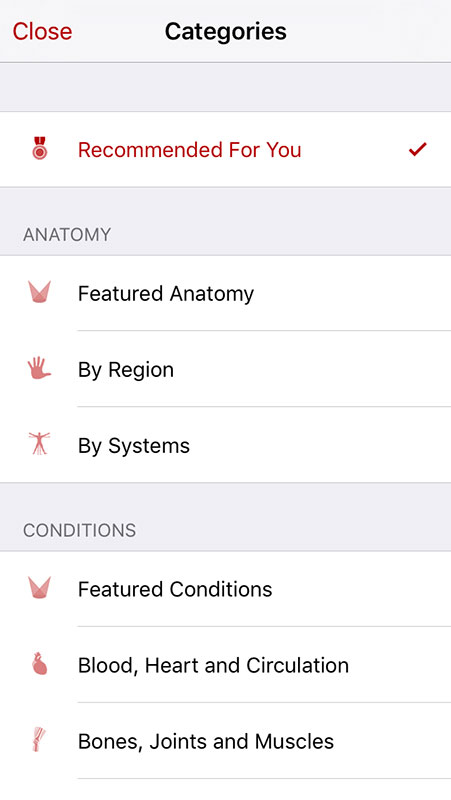
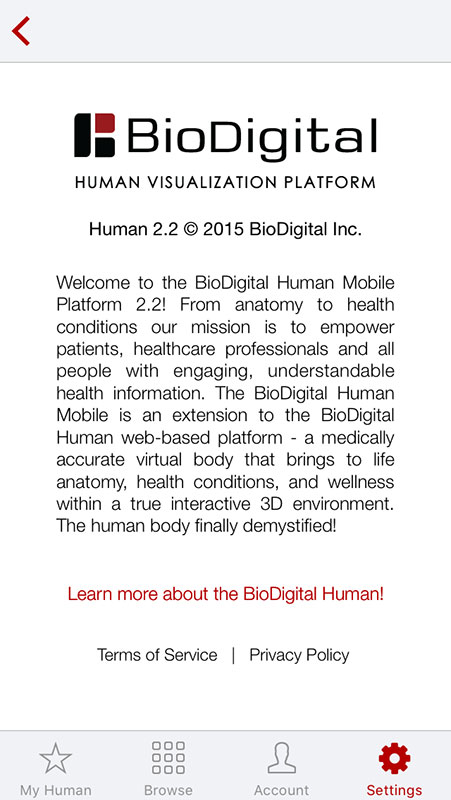

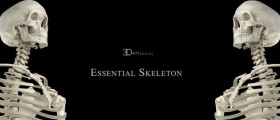
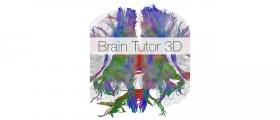

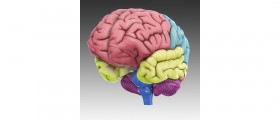


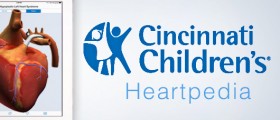
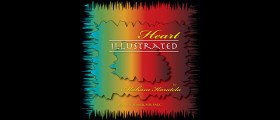

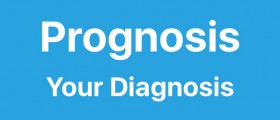







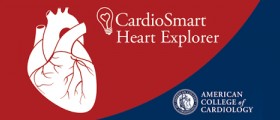








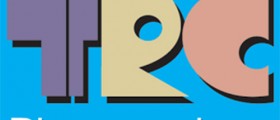
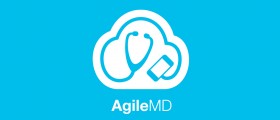
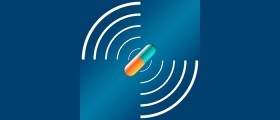
Your thoughts on this
Loading...